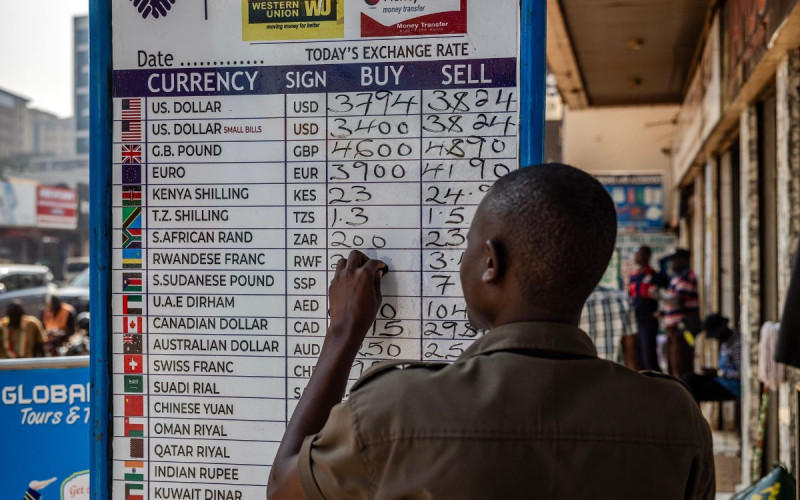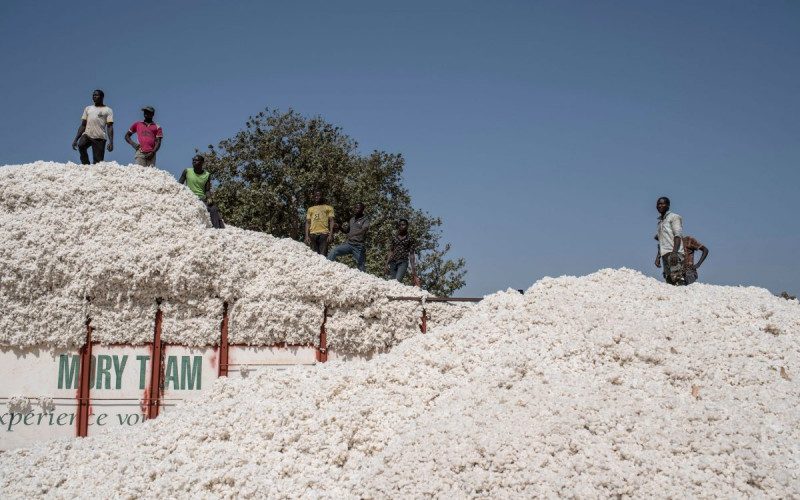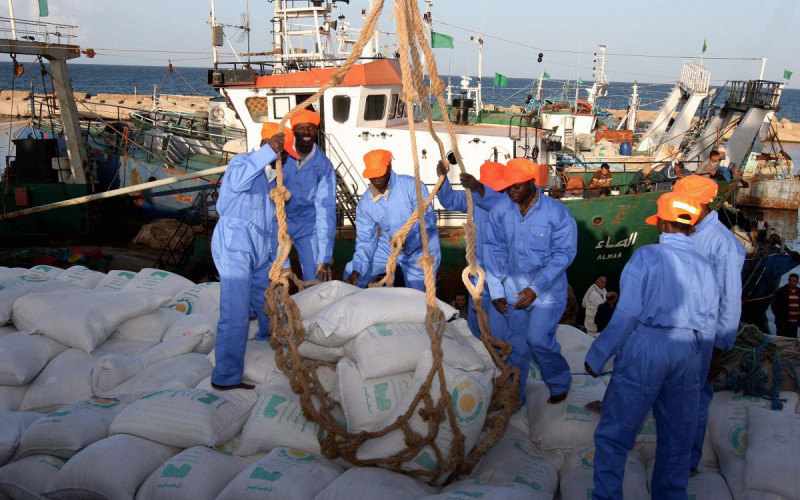The general disinterestedness in international affairs could explain why a naturally international issue such as foreign direct investment (FDI) regulation has assumed such a domestic and localised space within the South African policy making discourse. It is however not too late for South Africa to consider locating the revision of its FDI regulatory policy framework where it belongs; at the global level.
South Africa reviewed its bilateral investment treaty (BIT) policy from 2008 to 2011. This was after the country had been brought before an arbitration tribunal challenging its black economic empowerment policy. The action brought by Italian investors raised alarm bells within the government and policy-making circles. Foreign investors and the international community felt that the move exposed foreign investors to potentially intrusive government policies. This was because the termination of BITs and their replacement with a domestic statute coincided with a lot of talk within the African National Congress (ANC) on nationalisation.
Click here for a package of SAIIA materials related to foreign direct investment.
This impression was, however, to be dispelled quite early by the governing party at its Mangaung Conference. Despite the reassurances by the ANC that nationalisation was not going to be part of industrial policy, the promulgation of the Promotion and Protection of Investment Bill – and other related statutes in the pipeline, such as the Minerals and Petroleum Resources Development Act Amendment Bill, the Private Security Industry Regulation Act Amendment Bill, the Expropriation Bill, and the Valuation Bill among others – have left foreign investors uncomfortable.
This is because they point to a government eager to secure more space for its industrial policies. This makes sense within South Africa context considering that the country comes from a history of apartheid and therefore the government has a larger role to play in evening the apartheid induced inequalities.
The debate on South Africa’s FDI regulation has largely centered around the domestic implications of the FDI Bill and how it relates to the constitution. However a much broader and maybe most important discussion on South Africa’s FDI policy should be located within an international investment law and policy environment. The location of such a debate within a global context is precipitated by two main factors. The first is that post Apartheid South Africa made it a point that it joined the international community and abandon its hitherto pariah status. South Africa therefore became a member of the World Trade Organisation, the Non-Aligned Movement, the G-20, IBSA, BRICs among others. It has also chaired the UNSC twice underscoring its multilateral character.
One of the most notable contribution to multilateral debates by South Africa has been its emphasis on the need for the reformation of the Bretton Woods Institutions, particularly the IMF and its sister institution the World Bank, and the United Nations Security Council. The argument by South Africa, which also echoes a general sentiment among the community of nations, is that these institutions which were generally formed by the victors of the second World War and aimed at post-war reconstruction are not reflective of a much more diverse and almost multipolar contemporary society.
Secondly, zooming down to the regulation of foreign investment, it is imperative to locate South Africa’s FDI policy within an international framework because besides the country being a multilateral player, the calls for the reformation of the bilateral investment treaty regime first and foremost find support within the international community.
The need for the revision of the FDI regulatory framework at an international level was mainly triggered by the actions brought against the US and Canadian governments after the conclusion of the North American Free Trade Agreement (NAFTA). The trio of Canada, US and Mexico entered into the NAFTA, which is a deeper regional integration agreement with an investment chapter (chapter 11).
The investment chapter contains an investor-state arbitration clause which allows for a private foreign investor to sue a government which is party to the agreement at an international arbitration tribunal. When these countries entered into NAFTA and incorporated such a clause they did not envisage that it would be invoked by foreign investors.
However, when foreign investors started suing them, alleging violation of their rights under NAFTA and challenging what would normally be regarded as legitimate regulatory powers in areas such as the environment, health, culture and other public policy measures, these countries felt that time was ripe to reform the system.
Since then, there has been a critical mass of countries which have realised that bilateral investment treaties have not suffered from benign neglect as they had anticipated but actually bite. These countries have decided to lead the charge in reforming the system. In addition to the US and Canada, such countries include India, Indonesia, the EU, Venezuela, Ecuador among others.
The US, Canadian, Indian and German (with the expropriation cases on nuclear reactors) experience within NAFTA mirrors the South African experience with the Foresti case when the latter’s affirmative action policies were challenged at an ICSID arbitration for allegedly violating the South Africa-Italy BIT.
The difference between the approach taken by the countries mentioned above save for Ecuador and Bolivia is that they sought to rally a critical mass countries of countries to push for a drive to reform the system. South Africa was part of the aborted attempt to push for a multilateral agreement on investment within the OECD as an observer in the late nineties. It is surprising that South Africa, which entered into so many BITs with a view to signaling to the world that it was now part of an international community, has decided to take a lone approach in reforming a system which sui generis resides within a transnational environment.
Besides the discomfort caused to foreign investors within South Africa and potential investors, the decision to deal with the lack of contentment with the international investment regulatory regime in a unilateral manner has the effect of making the international community doubtful of South Africa’s commitment to multilateralism.
This is because BITs in general serve to highlight an unequivocal commitment to international law. They serve as guarantors of good faith in countries’ domestic legal systems. If a country can lock in its domestic legal ethos at an international level it reflects its own confidence in its institutions and legal culture.
South Africa could, therefore, after the current FDI bill debate, draw lessons from fellow emerging economies such as Indonesia and India. The salient lessons from these two countries is that FDI regulatory reform is best negotiated at an international level as this preserves the much needed political and diplomatic capital in international relations. It also legitimises the outcomes of such reforms.
South Africa as an anchor country within the SADC region could also lead FDI regulatory reforms within the region as a whole. In addition, South Africa is a capital exporter into the rest of the continent and therefore needs to learn from other leading nations on how third generation BITs could be used to promote and protect sustainable investment.
South Africa could therefore salvage its current stance by coming up with a Model BIT, pushing for the SADC Model BIT to be adopted within the region and ultimately fully participating in global debates on the direction of third generation BITs.







